Designing a Handmade Wardrobe
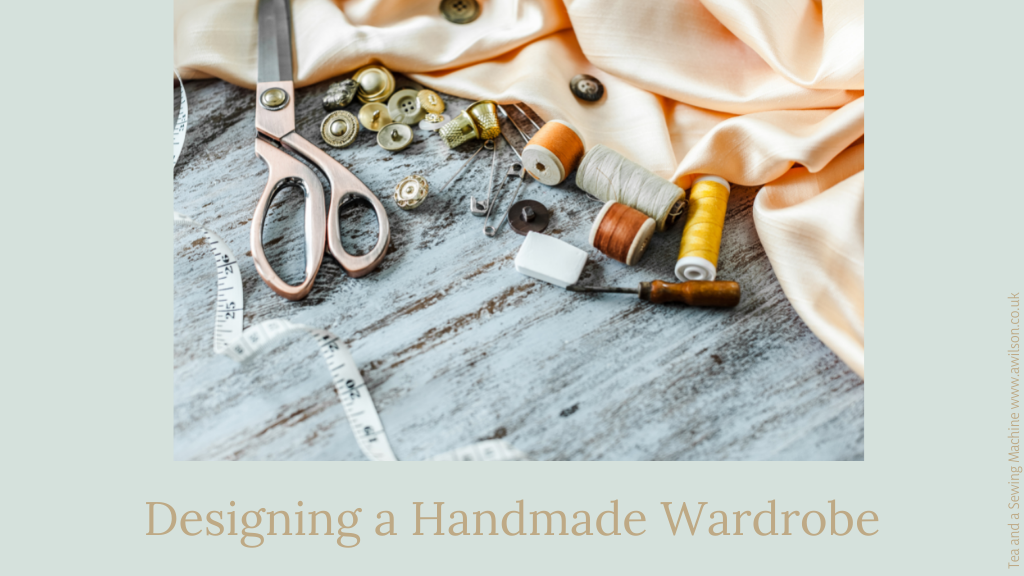
There is really nothing like wearing something you’ve made yourself.
Instead of being limited to what’s available in the shops, you can choose the style, the fabric and the colours. With a little bit of creativity, you can even modify existing patterns to make something that is entirely unique.
For lots of us, it is our dream to have a wardrobe of outfits that we have made ourselves. No more being limited to what the fashion people have decided that we will wear, or going shopping only to find that the things you like have sold out in your size, or going to a wedding or something and discovering that three other people are wearing the exact same dress as you!
Instead, we would have clothes that we loved to wear, that fit us properly and in colours and styles that suit us.
Designing a handmade wardrobe might seem like a daunting prospect, and we might even ask ourselves why, and that is what this post is about!
Why Design a Handmade Wardrobe?
As well as it offering us the possibility of wearing things that are uniquely ours, there are other reasons for designing a handmade wardrobe.
It gives us a chance to think about who we are and what we are about.
One reason for making things ourselves is as an alternative to fast fashion. Fast fashion is a huge problem, from exploitation of people in poorer countries, to pollution caused by the textile industry, to the vast quantities of stuff that ends up in landfill. Even sending things off to the charity shop is no guarantee that things will serve a useful life as an awful lot of stuff ends up being dumped.
Another reason is that making things ourselves gives us an opportunity to really think about what we like to wear. Making this a habit means that we are less likely to end up with a wardrobe bursting with impulse buys, things we don’t really like, things that don’t go with anything else and clothes that don’t fit properly, then buying more stuff to try and solve the problem.
As a result, we become weighed down by too much stuff. Think about how much later you feel after you’ve had a good sort out and got rid of some things! I’m not suggesting that we should be aiming for a minimalist lifestyle, unless you want to, but we often have far more than we actually need.
The second problem is the guilt that comes with the stuff we’ve bought but don’t want to wear. You might have seen things in charity shops that still have the tags on. I’ve donated things myself that I haven’t worn. It’s not a good feeling.
Making things ourselves takes time and effort, and also usually costs more. So we’re far less likely to embark on a sewing project without giving it quite a lot of thought. And actually, spending time deciding what to make, choosing a pattern and buying the fabric, is enjoyable! Why wouldn’t we take our time doing this? And because we’ve made conscious choices about what we are going to make and how, we are far more likely to end up with something we like.
A positive side effect of having clothes in our wardrobes that we like and that we want to wear is that we need less stuff. If we have enough outfits to have clean things to wear between washing days, and some choice, then that’s plenty. No longer will we throw open the door of a wardrobe bursting with clothes and declare, “I have nothing to wear!”
As well as needing less stuff, we need stuff less often. If you’ve spent hours making something, you’re not going to throw it away just because a button’s fallen off, or because you’re bored of it. You’re far more likely to repair things that need repairing, and either change up or repurpose things that are no longer any good. You also have the choice to use good quality materials that will last. I have cotton dresses that I have washed dozens of times and they are faring much better than most of my shop bought clothes!
So as well having outfits you like, you also have less stuff and less guilt.
Now onto how this might look in practical terms!
Does This Mean I Shouldn’t Ever Buy Clothes From a Shop?
This isn’t what I’m saying at all!
The point is that it gives us a chance to think.
You might decide that you want everything to be handmade, and that’s great. Good for you!
However, I won’t be doing this. I have absolutely no plans to make underwear or tights!
What I’m doing instead is having handmade bits that I love, but I might wear them with something I’ve bought. For example, I am currently wearing one of my gorgeous circle skirts that I made a couple of years ago, with a top I bought from M and S, and a cardi that I also bought.
The point is that I didn’t just buy a lot of tops on a whim. I bought this one specifically to wear with the skirt. It’s pink, and so is the skirt. I need to have pink days! So when I’m hanging up complete outfits on hangers when I’ve done the washing (a Flylady tip!), the pink top goes on a hanger with the skirt. I don’t have piles of random t shirts because I don’t need them.
Each choice is considered, whether it is something I have bought or something I have made. You can decide how this might look for you.
A Practical Approach to Designing a Handmade Wardrobe
Designing a handmade wardrobe isn’t about recreating the kind of shop bought wardrobe situation, full of things that don’t fit, look weird on, that you don’t really like or that seemed like a good idea at the time. It’s about having enough outfits that you have given sufficient consideration to so that you will actually like wearing them! So there’s no need to go berserk making all kinds of stuff that you probably wouldn’t miss if it wasn’t in the shops!
So here are some practical suggestions for designing a handmade wardrobe.
Introduce handmade items slowly. This isn’t the kind of project that can be finished in a weekend! Gradually over time you can replace shop bought things that have worn out or are no good any more with things you have made yourself.
Try reproducing the things you bought and wear a lot because you like them. Old clothes can be used as templates to make new ones, especially if you can unpick the old ones first. If it’s not possible to reproduce your shop bought things, consider why you like them and start from there.
Focus on what you like to wear. Individual items can be a good starting point, but consider styles, colours and fabrics as well.
Decide what you need as well as what you like. If you need a warm winter dress, you like soft fabrics and you know you look good in green, all you need to decide now is which pattern or tutorial to use!
Focus on having enough rather than on having masses. As I’ve already said, minimalism isn’t my thing and it’s nice to have a choice. But having too much choice brings its own set of problems. Concentrating on what you need makes the idea of having mostly handmade more achievable.
If there are things you’ve made from patterns that you wear a lot, you could make more of them. It’s surprising how different something can look when it’s made in a different colour or a print rather than a plain.
Sometimes it’s possible to make warmer versions of summery things. There’s a post about that here.
Stretch knits scare people sometimes, but if you start with something like cotton jersey that only stretches in one direction, it’s not that bad. Making things out of different kinds of fabric will give you more options.
Refashioning counts! If you have things in your wardrobe that you no longer wear, there might be something you can do to give them a new lease of life. You could try:
Changing the neckline
Adding or removing sleeves
Changing the length
Adding applique or embroidery
Altering it so that it fits
Turning it into something completely different
Designing a handmade wardrobe provides an opportunity to ask yourself questions about who you are, as well as what you like to wear. It’s a chance to truly express yourself through the colours, fabrics and styles that you like rather than going along with what everybody else is wearing based on what the fashion people have decided what will be in the shops. You can decide what the rules are, what to make and what to buy, and how much you actually need, knowing that in a small way, you are making a difference.
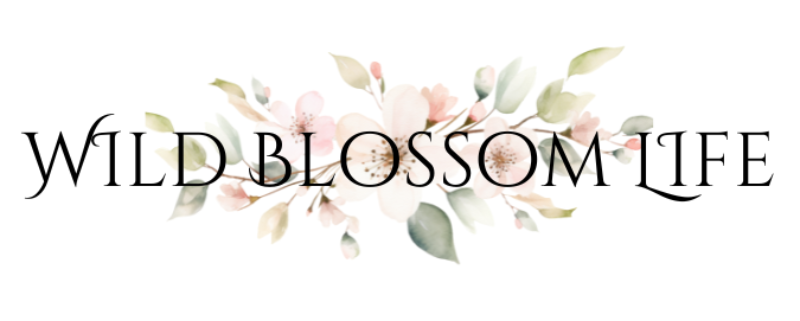
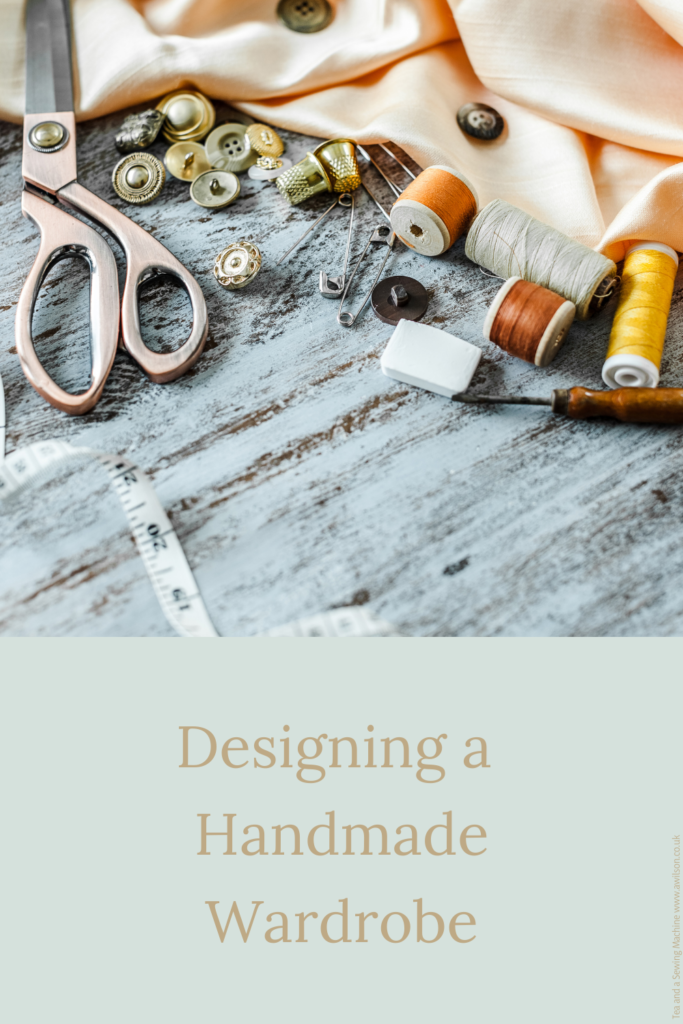

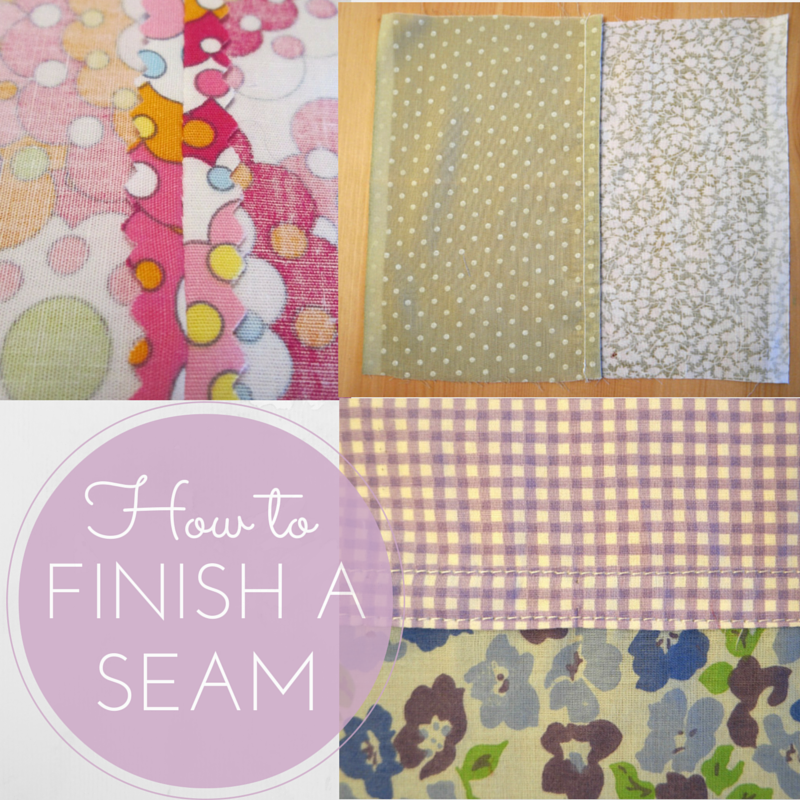


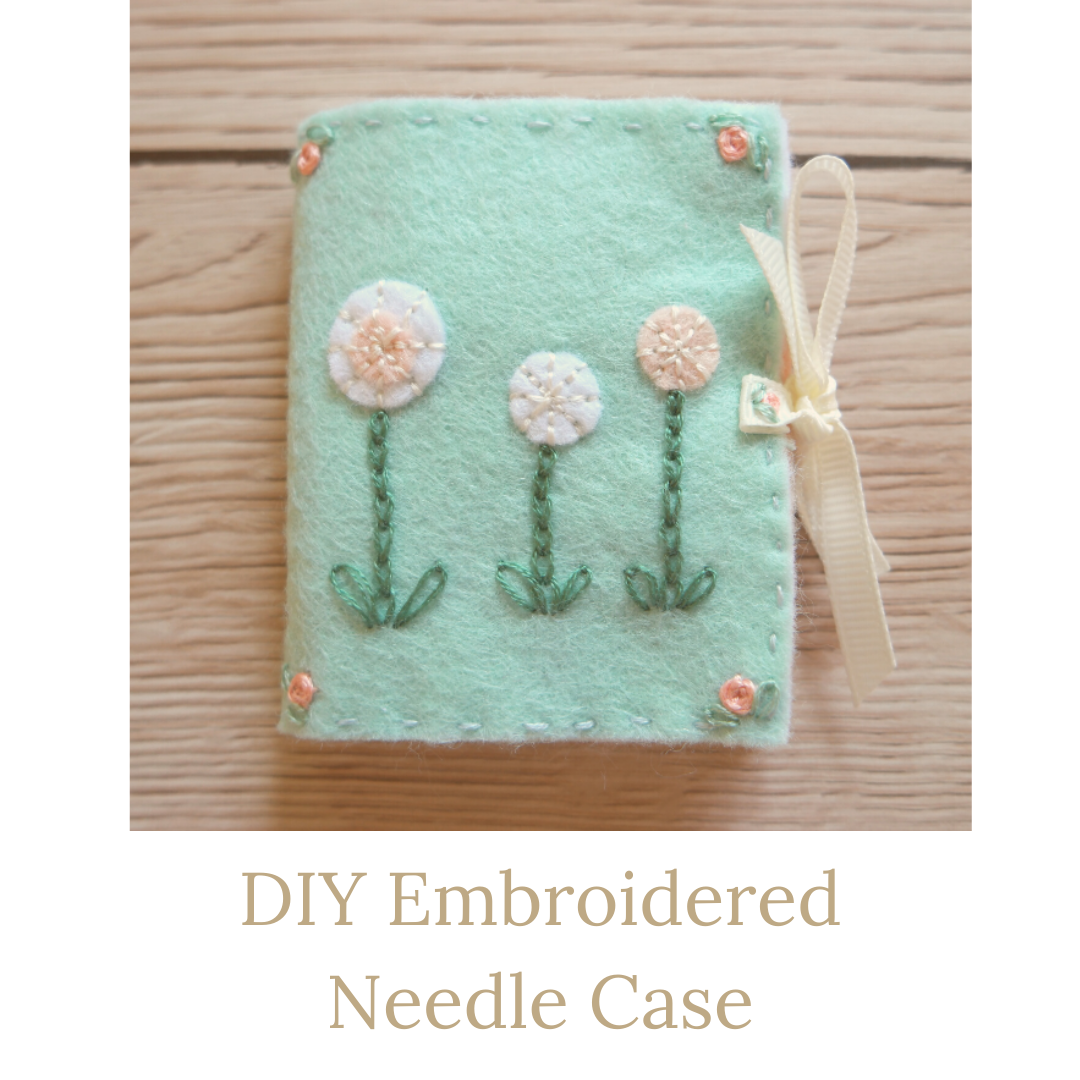
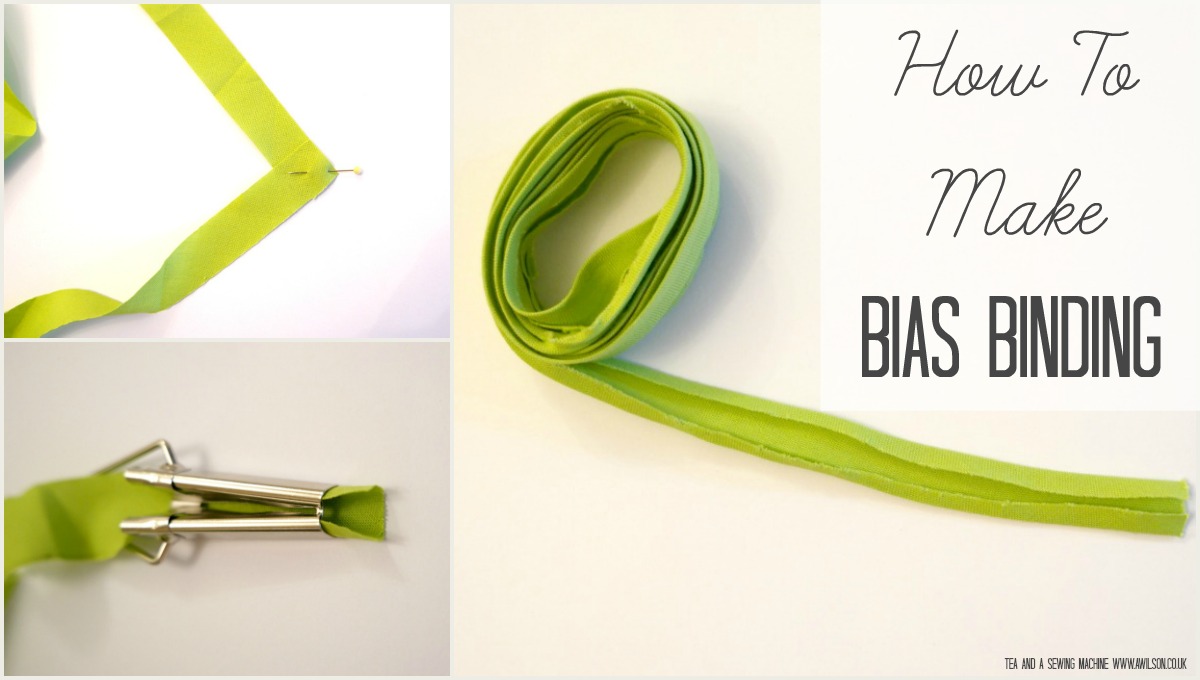
2 Comments